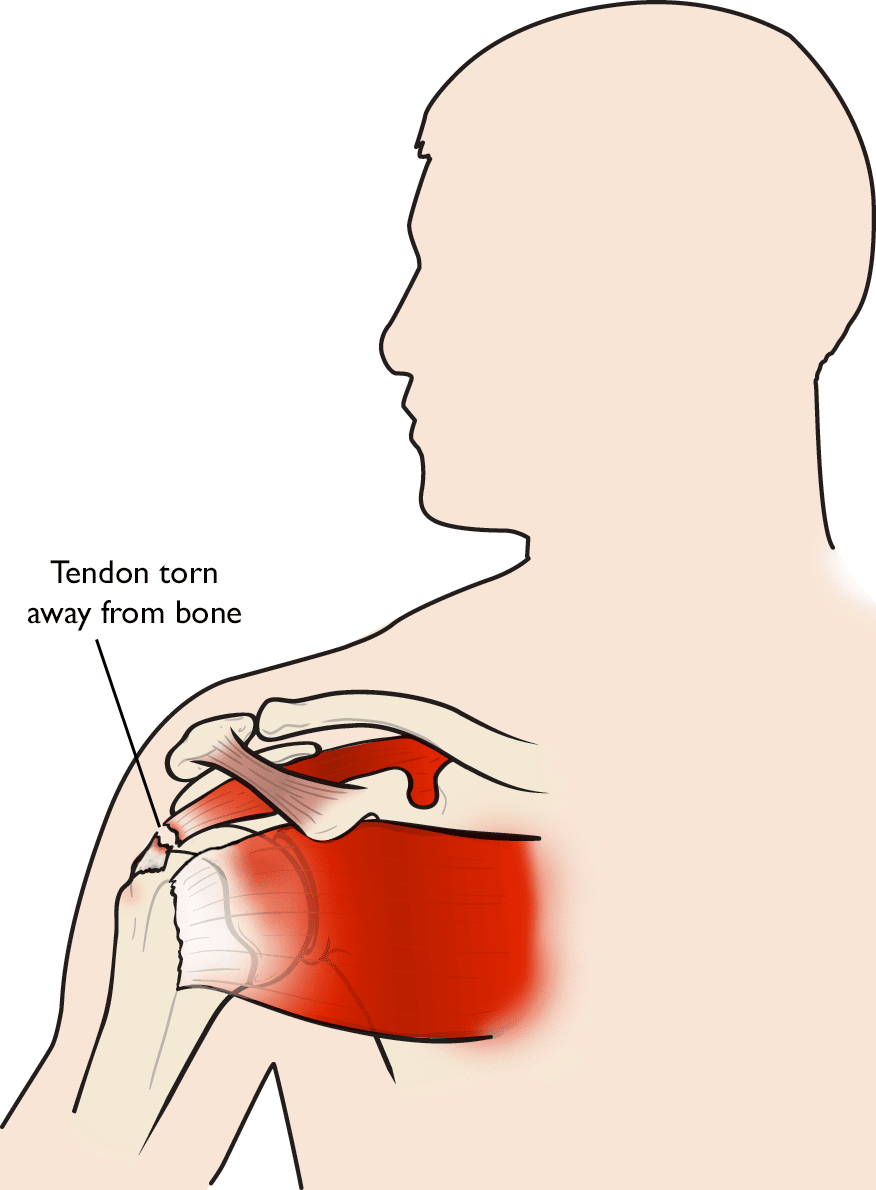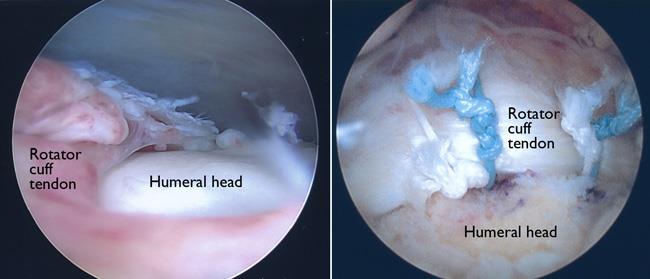Shoulder
Rotator Cuff Repair
Shoulder replacement surgery is a treatment option for individuals suffering from severe shoulder pain and dysfunction caused by degenerative joint conditions such as osteoarthritis. This procedure involves replacing the damaged components of the shoulder joint with artificial implants, which can significantly improve both pain relief and mobility.
Shoulder replacement is generally considered after non-operative treatments such as medications, physical therapy, or corticosteroid injections have proven ineffective. The goal of the surgery is to relieve pain and restore range of motion, ultimately enhancing the patient’s quality of life.
What is Shoulder Replacement?
The shoulder joint, like all joints in the body, has cartilage that serves as a cushion between the bones. When cartilage wears away due to arthritis or trauma, the bones may begin to rub together, causing pain and stiffness. Shoulder replacement surgery involves replacing the humeral head (ball) and glenoid (socket) with prosthetic components made of metal and plastic.
Procedure for Shoulder Replacement
Shoulder replacement surgery typically involves the following steps:
1. Incision and Exposure: A small incision is made on the front of the shoulder. The muscles and soft tissues are carefully moved to access the joint.
2.
Humeral Head Removal: The damaged portion of the humeral head
(upper arm bone) is removed.
3. Glenoid Preparation: The arthritic portion of the glenoid (shoulder socket) is cleaned and prepared for the glenoid component.
4. Humeral Stem Insertion: A bone tunnel is drilled into the humerus, and the humeral stem is inserted. This stem can be either press-fit (relies on bone to grow into it) or cemented, depending on bone quality and surgeon preference.
5.
Placement of the Prosthesis: The
humeral head prosthesis is fixed onto the humeral stem, and the glenoid component is securely positioned.
6.
Closure: The joint capsule is stitched together, and the muscles and tendons are repaired to restore shoulder function.
The result is an artificial shoulder joint that mimics the natural movement of a healthy shoulder while reducing pain.


Benefits of Shoulder Replacement
Shoulder replacement offers several benefits, especially for individuals suffering from severe arthritis or shoulder joint dysfunction:
- Pain Relief: The main benefit of shoulder replacement is the significant reduction or complete elimination of pain.
- Improved Mobility: Restores a functional range of motion, allowing patients to engage in daily activities and hobbies that were previously difficult or painful.
- Durability: Shoulder replacement prostheses are designed to last, with many patients experiencing long-term pain relief and improved function.
Recovery After Shoulder Replacement
The recovery process after shoulder replacement surgery is essential for ensuring optimal outcomes. It typically involves several phases, including pain management, rehabilitation, and gradual return to normal activities.
Pain Management
During the initial recovery period:
- Pain Relief: Patients are typically given pain medications, including
paracetamol or NSAIDs, to manage post-surgical discomfort. Stronger medications may be prescribed if needed.
- Ice Therapy: Ice packs applied to the shoulder for
20
minutes, 3–4 times a day, can help reduce swelling and discomfort during the first few weeks.
Physical Therapy
Physical therapy is crucial for restoring shoulder mobility and strength:
- Post-Operative Rehab: A physiotherapy program will be provided to improve
range of motion, restore strength, and ensure the full function of the shoulder. Regular therapy helps prevent stiffness and enhances long-term recovery.
Return to Work and Sports
- Return to Work: Recovery time for returning to work depends on the physical demands of your job.
Light-duty work may be possible after about
2 weeks, but for
physically demanding jobs involving lifting or heavy movement, a return may take 6 to 12 weeks.
- Return to Sports:
High-impact sports and activities should be avoided for 3–6 months post-surgery.
Dr. du Sart
will discuss your specific rehabilitation progress and advise on when it’s safe to resume full activity based on your individual recovery.
Driving
It is generally recommended to avoid driving for 6 weeks or until the sling is removed. Patients must ensure that they have regained enough shoulder mobility and strength to drive safely before resuming this activity.
Why Choose Dr. Ryan du Sart for Shoulder Replacement?
Dr. Ryan du Sart is a highly trained orthopaedic surgeon with extensive experience in performing shoulder replacement surgery. His patient-centred approach ensures that each individual’s treatment plan is tailored to their specific needs, using the latest techniques and advanced prosthetic implants for superior results.
Book a Consultation
If you are suffering from shoulder pain due to arthritis or other degenerative conditions, shoulder replacement surgery may be an effective solution. Early intervention and personalised care can make a significant difference in your recovery outcomes.
Contact Dr. Ryan du Sart to schedule a consultation and discuss your treatment options.
Phone: (08) 9779 9767
Email:
admin@ryandusart.com.au
Clinic Locations:
6 Higgins Street, South Bunbury, WA 6230
20 Prince Street, Busselton, WA 6280
References:
- Yuan, J., & Li, J. (2018). "Clinical Outcomes of Shoulder Arthroplasty: A Review of Literature."
Orthopedic Reviews, 10(1), 58-65.
- Tashjian, R. (2018). "Shoulder Arthroplasty: Indications, Techniques, and Outcomes."
Journal of Shoulder and Elbow Surgery, 27(3), 521-527.
- Voigt, C., & Holzer, D. (2016). "Shoulder Prosthesis and Its Impact on Recovery."
Orthopedic Clinics of North America, 47(3), 459-466.

